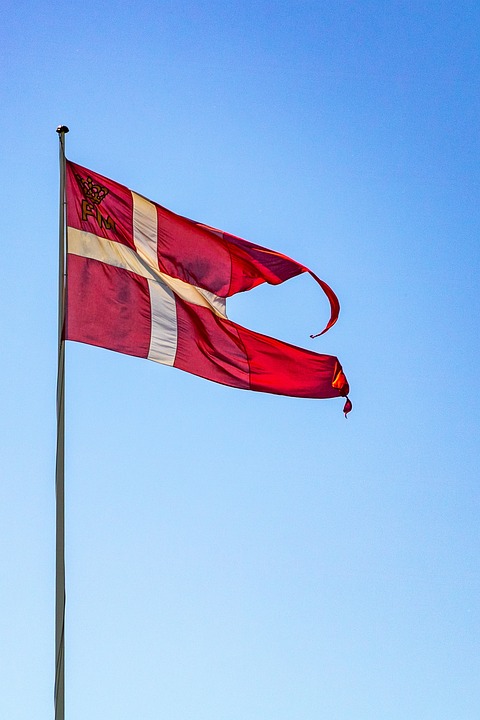As a devoted admirer of Danish modernism, I am constantly drawn to the profound impact this design movement has had on global aesthetics. The elegant simplicity, functionalism, and timeless appeal of Danish modernist design speak volumes about the unique and enduring cultural heritage of Denmark. In this article, I aim to take you on a captivating journey through the captivating culture of Danish modernism, from its historical roots to its contemporary relevance.
Historical Roots of Danish Modernism
The seeds of Danish modernism were sown in the early 20th century, during a period of cultural and artistic renaissance in Denmark. Influenced by the principles of German Bauhaus and the functionalist movement, Danish modernist designers sought to create a new aesthetic language that challenged traditional notions of design and craftsmanship.
One of the pioneering figures of Danish modernism is the renowned architect and designer, Kaare Klint. He played a pivotal role in shaping the movement by emphasizing the importance of functionality, simplicity, and craftsmanship in design. Klint’s influential teachings at the Royal Danish Academy of Fine Arts inspired a generation of designers to embrace these principles, laying the foundation for the emergence of Danish modernism.
The Golden Age of Danish Design
The 1950s and 1960s marked the golden age of Danish modernist design, as iconic furniture pieces such as Hans Wegner’s “The Chair” and Arne Jacobsen’s “Egg Chair” captured the imagination of design enthusiasts around the world. The unparalleled craftsmanship, attention to detail, and organic forms of these iconic pieces reflected the essence of Danish modernism, garnering international acclaim and recognition.
- Hans Wegner’s “The Chair” – A timeless icon of Danish design, known for its organic form and ergonomic comfort.
- Arne Jacobsen’s “Egg Chair” – An epitome of elegance and sophistication, revered for its sculptural form and luxurious appeal.
Timeless Appeal of Danish Modernism
Fast forward to the present day, and the legacy of Danish modernism continues to thrive, resonating with contemporary design sensibilities and evolving cultural landscapes. The enduring appeal of Danish modernist design lies in its ability to seamlessly blend form and function, infusing everyday objects with a sense of refined simplicity and understated elegance.
What sets Danish modernism apart is its emphasis on quality craftsmanship, sustainable materials, and timeless design, making it as relevant today as it was decades ago. The global resurgence of interest in sustainable and minimalist living has further propelled the popularity of Danish modernist design, reaffirming its status as a timeless cultural phenomenon.
Contemporary Relevance and Influence
Denmark’s rich cultural heritage and design legacy continue to inspire contemporary designers and creatives, fuelling a vibrant creative scene that celebrates innovation, sustainability, and craftsmanship. From avant-garde furniture design to cutting-edge architecture, Danish modernism’s influence permeates diverse fields, shaping the visual landscape and cultural identity of Denmark.
The enduring legacy of Danish modernism is eloquently showcased through the works of contemporary design luminaries such as Bjarke Ingels, Cecilie Manz, and Naja Utzon Popov. Their innovative and thought-provoking designs embody the essence of Danish modernism, reflecting a harmonious blend of tradition and innovation, heritage and modernity.
Embracing Danish Culture
For me, the allure of Danish modernism transcends the realm of design and permeates into the fabric of Danish culture. The commitment to simplicity, sustainability, and quality craftsmanship is not just evident in furniture and architecture, but also in the Danish way of life. From the concept of hygge, which embodies coziness and contentment, to the thriving culinary scene that celebrates local, seasonal produce, Danish culture embodies the ethos of Danish modernism in every aspect of life.
As I immerse myself in the rich cultural tapestry of Denmark, I am constantly reminded of the profound impact of Danish modernism on shaping not just the visual landscape, but also the values and way of life in Denmark. The timeless charm and cultural significance of Danish modernism endure as a testament to the enduring legacy of Danish design and craftsmanship.
In conclusion, the cultural essence of Danish modernism resonates far beyond the realm of design, offering a captivating glimpse into the ingenuity, creativity, and cultural heritage of Denmark. The timeless allure and contemporary relevance of Danish modernism serve as an enduring testament to the enduring legacy of Danish design and craftsmanship, weaving a captivating narrative that continues to captivate and inspire. As I continue to explore the depths of Danish modernism, I am reminded of the profound impact and timeless charm of this cultural phenomenon, cementing its place as a revered hallmark of Danish culture.





